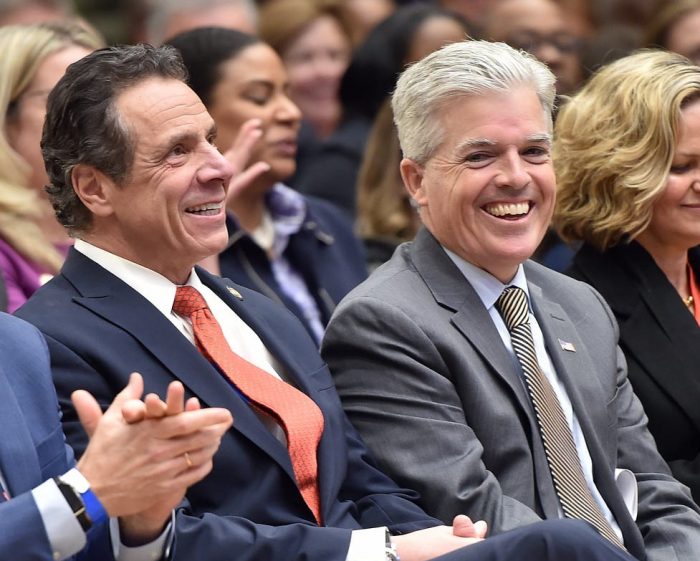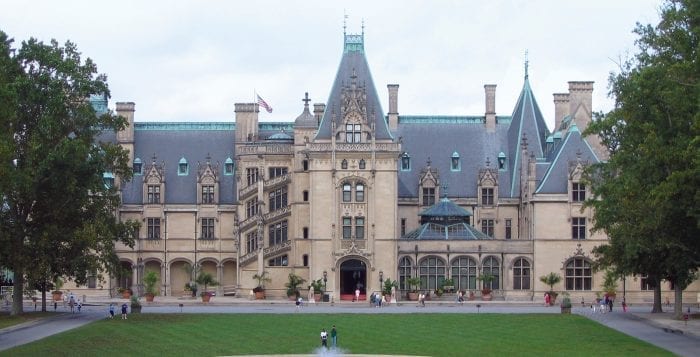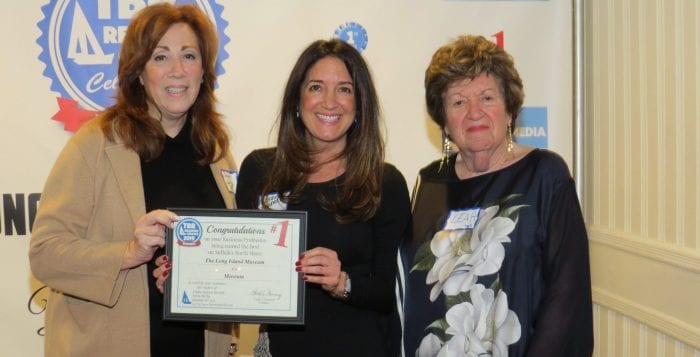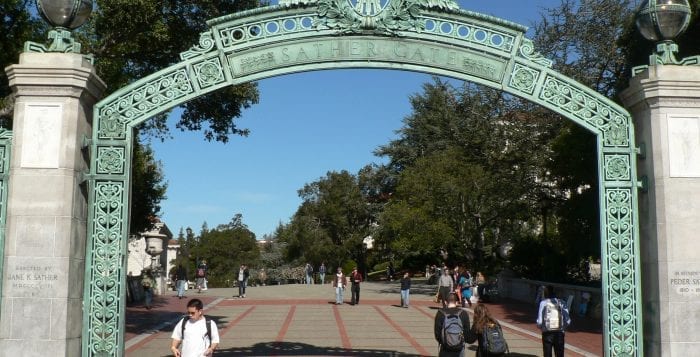By Daniel Dunaief

You know those glasses you wear at the eye doctor when you have to identify images that stand out on the card in your hand? These days, I feel as if I’m wearing them everywhere I go.
Take, for example, my trip to the supermarket. Before coronavirus, I often nodded to the people who stock shelves and chatted with the cashiers, acknowledging them but perhaps not appreciating them sufficiently. Nowadays, the entire food services crew stands out.
The people who worked on the farms that grew the products, the ones who went to the factory that refined it, the drivers who transported it to the stores and, eventually, the residents of our community who placed it on the shelves are making it possible for us to feed our families.
Each time I shop, I would walk around giving the local supermarket workers a hug, but that would violate social distancing, and would be pretty awkward.
Then, there are the pharmacists, who stand in their white lab coats mixing our medicines. We need them, now more than ever, to ensure we get the right amount of the right drugs.
Of course, even when I’m not seeing the doctors, nurses, police, and other first responders, I’m well aware of the front line in the battle against the pandemic. Each one of these people is putting their lives on the line when they interact with people who may carry an infection for which their bodies have no resistance, no matter how much coffee they drink or how much they hope they are invincible. With coronavirus glasses, I see them perform their heroic jobs each day, despite the concerns they may have about bringing the disease home to their families or limiting their contact with their relatives.
Fortunately, we are not so isolated that most of us can’t see important people in our lives through FaceTime. Many people contributed to the development of the phones that have become an extension of our bodies. The ones who made the futuristic Jetsons’ notion, in the animated sitcom, of seeing people as we talked to them have made it possible for us to connect from any distance, even if the ones we wish to hug are waiting out the storm in their living room next door.
Scientists throughout the world are working tirelessly to figure out the best ways to treat people lined up in hospitals or to create a vaccine that will protect us in the future. I am privileged to talk to scientists every day, although I haven’t spoken to any of the ones working on a treatment or vaccine. These researchers come from everywhere, are indifferent to national borders, and often are driven to make new discoveries, help humanity and make a difference in the world. Those of us who receive treatments or a vaccine for which they made a contribution can assure them that what they do matters.
The entire team involved in heating, cooling and lighting my home also stand out, as do the ones who created magnificent and inspiring films, books, and home entertainment.
Each day, people like Governor Andrew Cuomo (D) and County Executive Steve Bellone (D) work tirelessly and visibly on our behalf. On Bellone’s daily media calls, he has remained level-headed, determined, and focused during the difficult balancing act of trying to protect our health while working to revive the economy, once the crisis clears.
I’m sure I’ve left many people off the list who deserve appreciation. In fact, if you, the reader, would like to share a few of the people whose work and dedication you appreciate, please write in and share your thoughts to [email protected].















